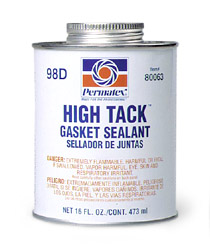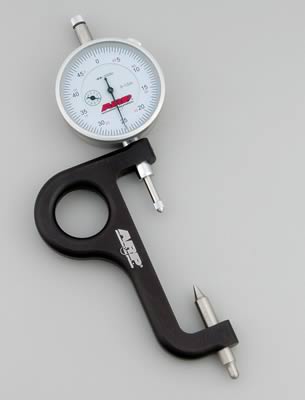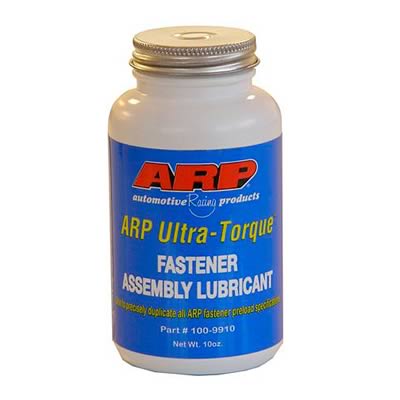ZZ71s said:
Grumpy
I installed the new rods and pistons today I got some assembly lube on the rod bolt threads do you think this might be a problem
Id doubt its going to be a huge issue simply because you generally use oil on the rod bolt threads before torquing them to specs anyway,
but youll want to read thru this ARP POSTED INFO BELOW carefully, being consistant is more important than having the rod bolts torqued to 2-5 percent out of the torque specs in most cases on a street motor
FROM ARP
If the stretch method cannot be used in a particular installation, and the fasteners must be installed by torque alone, there are certain factors that should be taken into account. ARP research has verified the following “rules†pertaining to use of a torque wrench:
1. The friction factor changes from one application to the next. That is, the friction is at its highest value when the fastener is first tightened. Each additional time the fastener is torqued and loosened, this value gets smaller. Eventually the friction levels out and becomes constant for all following repetitions. Therefore, new fasteners should be tightened and loosened through several cycles before applying final torque. The number of times depends on the lubricant. For all situations where ARP lubricants are used, five cycles are required before final torquing.
2. The lubricant used is the main factor in determining friction, and therefore, the torque for a particular installation. Motor oil is a commonly used lubricant because of it’s ready availability. If less friction is desired in order to install the fasteners with less torque, special low friction lubricants are available. With special lubes, the required torque can be reduced as much as 20 to 30 percent. It is important to keep in mind that the reverse is also true. If the torque value has been specified for a particular fastener on the basis of low friction lube, installing the fastener with motor oil will result in insufficient preload; the torque has to be increased to compensate for the extra friction caused by the motor oil.
3. Surface finish is also important. For example, black oxide behaves differently than a polished fastener. It is therefore important to observe the torque recommendations supplied with each fastener.
NOTE: It is possible for even the most expensive of torque wrenches to lose accuracy. We have seen fluctuations of as much as ten (10) foot pounds of torque from wrench to wrench. Please have your torque wrench checked periodically for accuracy.
viewtopic.php?f=53&t=247&p=7191&hilit=torque+wrench#p7191
viewtopic.php?f=50&t=989&p=1744&hilit=+stretch+gauge#p1744
this
is the reason the stretch gauge is superior, and use of ARP ROD BOLTS it much more consistantly measures the tension or clamp force the rod bolt is under
We highly recommend using a stretch gauge when installing rod bolts and other fasteners where it is possible to measure the length of the fastener. It is the most accurate way to determine the correct pre-load in the rod bolt.
Simply follow manufacturer’s instructions, or use the chart on page 25 of the ARP catalog for ARP fasteners.
Measure the fastener prior to starting, and monitor overall length during installation. When the bolt has stretched the specified amount, the correct preload, or clamping load, has been applied.
We recommend you maintain a chart of all rod bolts, and copy down the length of the fastener prior to and after installation. If there is a permanent increase of .001Ë in length, or if there is deformation, the bolt should be replaced.





